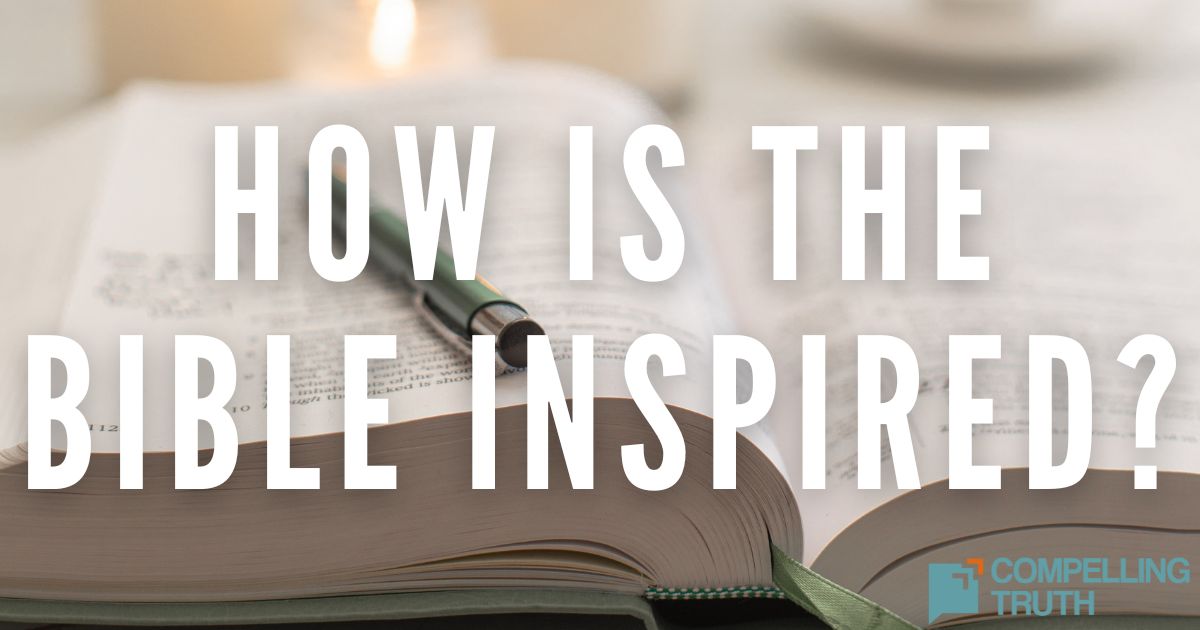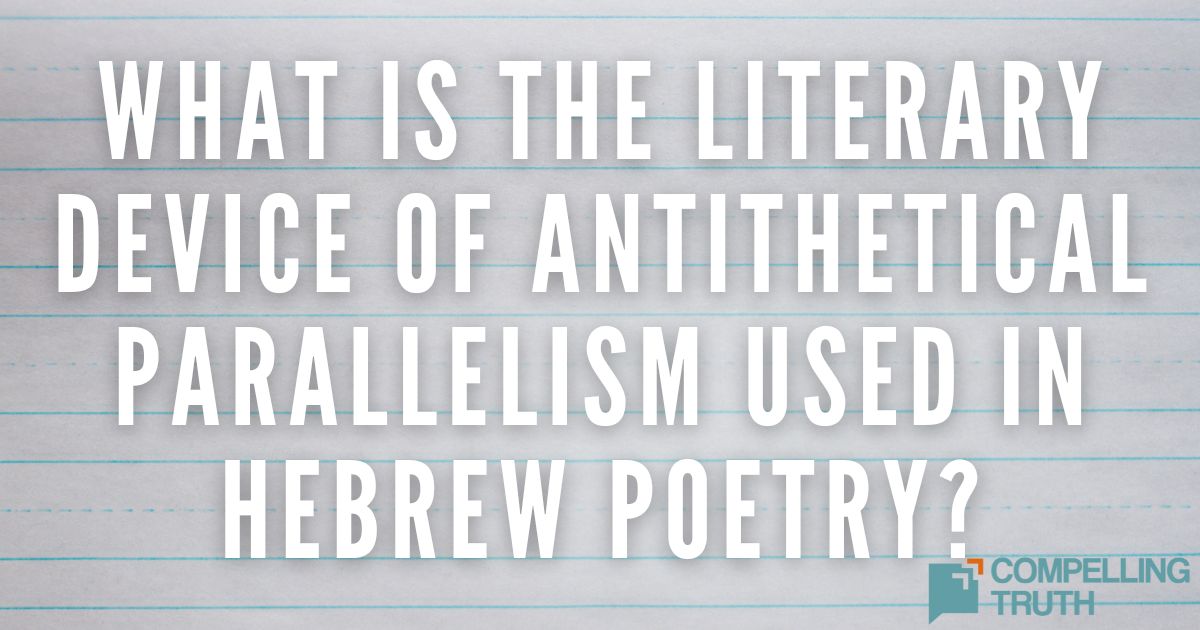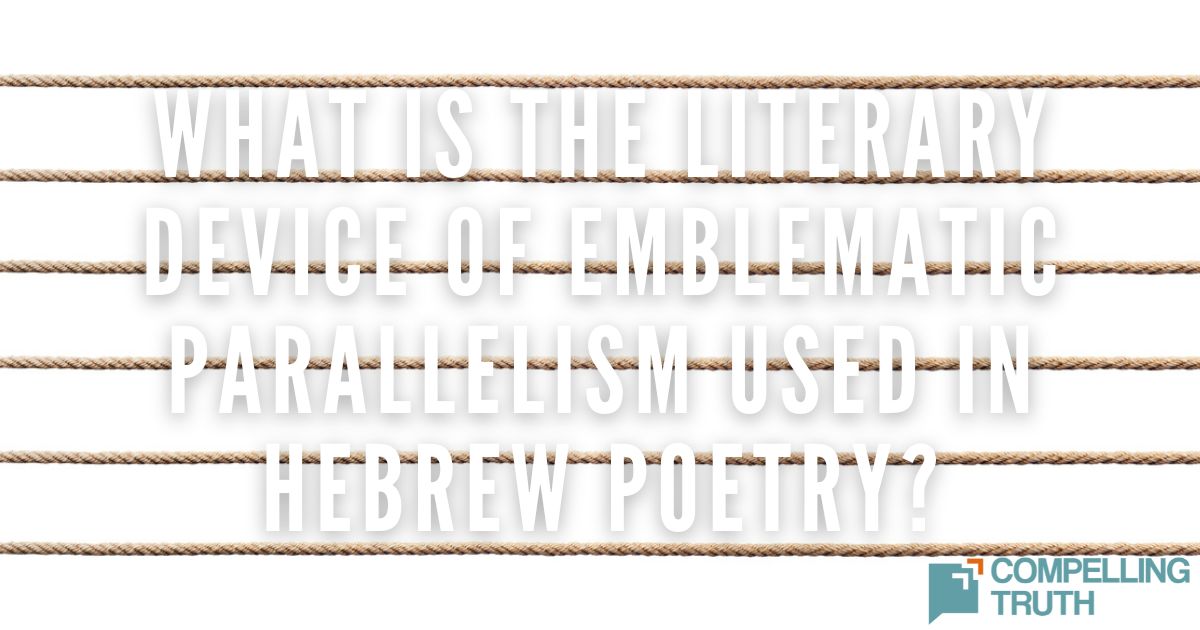Understanding poetic devices creates a greater depth to reading the Wisdom books (Job, Psalms, Proverbs, Ecclesiastes, and Song of Solomon) and the Major and Minor Prophets in the Old Testament. Parallelism is pervasive throughout many of these poetic books and contributes meter and cadence to the poem. There are numerous types of parallelism used in Hebrew poetry, including synonymous parallelism, emblematic parallelism, and antithetical parallelism. The type of parallelism that expands an idea is named synthetic parallelism.
Synthetic parallelism is characterized by advancing a thought. This is different from synonymous parallelism, which amplifies a thought with synonymous repetition. Parallelism is defined in poetry as a structure that has similar components, which display a deliberate comparison, contrast, or correlation. There are several types of structures within the definition of synthetic parallelism.
Proverbs 21:4 shows the type of synthetic parallelism that compares behaviors. The three characteristics of sin are listed and expanded upon in this couplet. This type of parallelism places meter and rhythm within the couplet.
"Haughty eyes and a proud heart,
the lamp of the wicked, are sin."
Another structure of synthetic parallelism presents actions side by side. In Proverbs 21:27 the first action is compared to the second action, which is of greater consequence.
"The sacrifice of the wicked is an abomination;
how much more when he brings it with evil intent."
The couplet begins by stating an action, and then gives that action more energy by comparing it to a greater consequence. This strategy of writing is useful in the Proverbs because it is a book explaining the repercussions of actions and the wisdom behind actions.
Synthetic parallelism also uses the structure "better this, than that" to expand a meaning. This structure serves many of the poetic books that teach about wisdom. A clear example of this structure is in Ecclesiastes 7:5:
"It is better for a man to hear the rebuke of the wise
than to hear the song of fools."
When reading the Bible as a piece of literature, it is important to be aware of the literary devices used to amplify meaning. Understanding parallelism as one of the most popular poetic devices used in Scripture not only increases an appreciation for the technical craft of writing, but also increases an appreciation for how God reaches our hearts through writing.
Synthetic parallelism is characterized by advancing a thought. This is different from synonymous parallelism, which amplifies a thought with synonymous repetition. Parallelism is defined in poetry as a structure that has similar components, which display a deliberate comparison, contrast, or correlation. There are several types of structures within the definition of synthetic parallelism.
Proverbs 21:4 shows the type of synthetic parallelism that compares behaviors. The three characteristics of sin are listed and expanded upon in this couplet. This type of parallelism places meter and rhythm within the couplet.
"Haughty eyes and a proud heart,
the lamp of the wicked, are sin."
Another structure of synthetic parallelism presents actions side by side. In Proverbs 21:27 the first action is compared to the second action, which is of greater consequence.
"The sacrifice of the wicked is an abomination;
how much more when he brings it with evil intent."
The couplet begins by stating an action, and then gives that action more energy by comparing it to a greater consequence. This strategy of writing is useful in the Proverbs because it is a book explaining the repercussions of actions and the wisdom behind actions.
Synthetic parallelism also uses the structure "better this, than that" to expand a meaning. This structure serves many of the poetic books that teach about wisdom. A clear example of this structure is in Ecclesiastes 7:5:
"It is better for a man to hear the rebuke of the wise
than to hear the song of fools."
When reading the Bible as a piece of literature, it is important to be aware of the literary devices used to amplify meaning. Understanding parallelism as one of the most popular poetic devices used in Scripture not only increases an appreciation for the technical craft of writing, but also increases an appreciation for how God reaches our hearts through writing.



